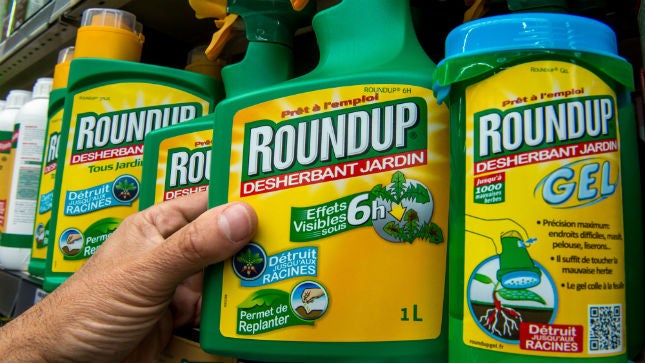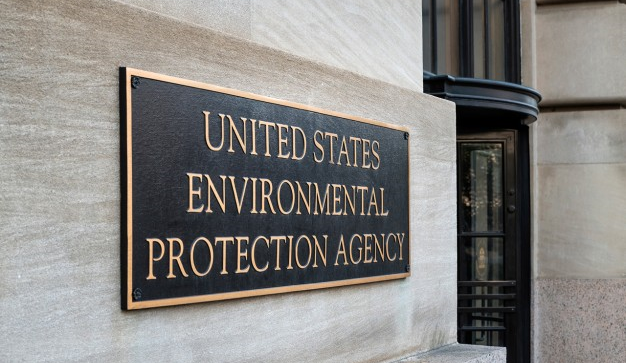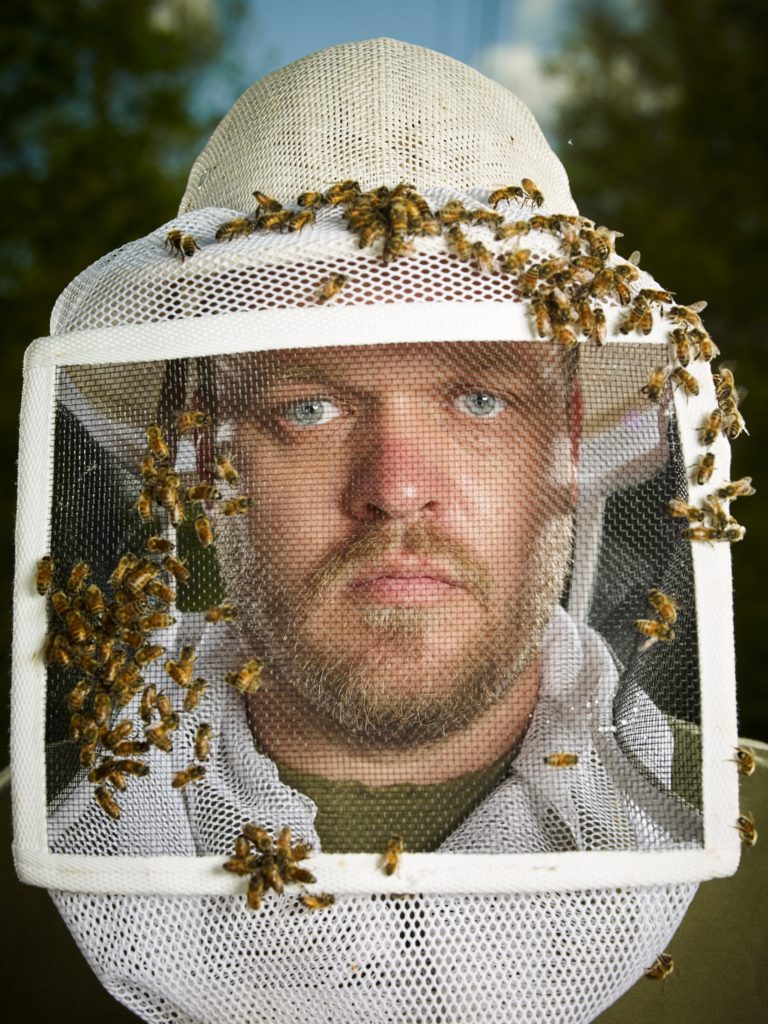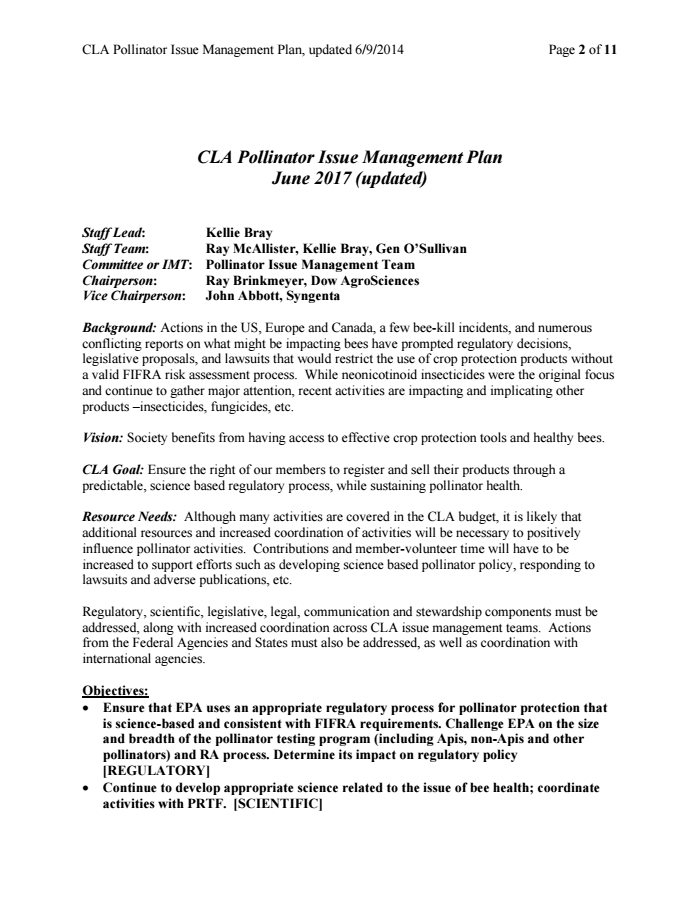
Sustainable Pulse - Mar 20, 2020
On Friday, Center for Food Safety (CFS) on behalf of a broad coalition of farmworkers, farmers, and conservationists, filed a federal lawsuit against the Environmental Protection Agency (EPA) over its January 2020 re-approval of the herbicide glyphosate, best known as the active ingredient in Monsanto’s Roundup herbicide. The suing organizations are CFS, Beyond Pesticides, the Rural Coalition, Organización en California de Lideres Campesinas, and the Farmworker Association of Florida.
While EPA defends glyphosate, juries in several cases have found it to cause cancer, ruling in favor of those impacted by exposure. Glyphosate formulations like Roundup are also well-established as having numerous damaging environmental impacts. After a registration review process spanning over a decade, EPA allowed the continued marketing of the pesticide despite the agency’s failure to fully assess glyphosate’s hormone-disrupting potential or its effects on threatened and endangered species. The review began in 2009, has already taken 11 years, without a full assessment of the widespread harmful impacts on people and the environment in that time period.
“EPA’s half-completed, biased, and unlawful approval sacrifices the health of farmworkers and endangered species at the altar of Monsanto profits,” said George Kimbrell, legal director for CFS and counsel for the coalition. “The reckoning for Roundup is coming.”
While EPA has declared that glyphosate does not cause cancer, the world’s foremost cancer authorities with the World Health Organization declared glyphosate to be ‘probably carcinogenic to humans’ in 2015. Over 40,000 lawsuits have been filed against the Monsanto (recently acquired by Bayer) by cancer victims asserting that exposure to Roundup caused them or their loved ones to develop non-Hodgkin lymphoma, including many farmworkers. Plaintiffs have prevailed in the three cases decided thus far, with victims awarded roughly $80 million in each case.
“Contrary to the Trump EPA’s claims, both regulatory and independent scientific studies demonstrate that glyphosate herbicides are carcinogenic and have adverse effects on internal organs,” said Bill Freese, science policy analyst at CFS. “Far from consulting the ‘best available science,’ as EPA claims, the agency has relied almost entirely on Monsanto studies, cherry-picking the data that suits its purpose and dismissing the rest,” added Freese. “EPA’s glyphosate decision shows the same hostility to science that we’ve come to expect from this administration, whether the issue is climate change or environmental health.”
EPA judged glyphosate far more critically in the 1980s, when the agency designated it a possible carcinogen and identified harmful effects on the liver, kidney, and reproductive systems. Thanks to pressure from Monsanto/Bayer, EPA has since dismissed these harms and illegitimately raised the safety threshold – the daily amount of glyphosate regarded as safe over a lifetime – by 20 times.
“The farmworkers and farmers we serve are the backbone of our food system. Their families are the first – but are not the last – to bear the huge costs of EPA’s irresponsible decision, while corporate shareholders of Monsanto-Bayer benefit,” said Lorette Picciano, executive director of the Rural Coalition.
EPA has also failed to collect basic data on how much glyphosate is taken into human bodies via skin contact or inhalation of spray droplets. These exposure routes are particularly significant for farmworkers and others who work around and/or use Roundup, the very people who are at greatest risk of cancer and other health harms.
“How many more farmworkers have to suffer health impacts to themselves and their families before EPA “sees” them – the “invisible people” – and takes action?” said Jeannie Economos of the Farmworker Association of Florida. “EPA must protect human health before one more person suffers acute or chronic illness from exposure.”
“Farmworkers are on the front lines of the pesticide exposure crisis providing vital food for American families,” said Suguet Lopez of the Organización en California de Lideres Campesinas. “They deserve a duty of care from the government which it has failed to provide.”
Glyphosate herbicides also threaten numerous species, including fish, amphibians, and aquatic as well as terrestrial plants. EPA discounts these risks by low-balling exposure estimates and ignoring critical studies showing glyphosate’s potency, and by relying on ineffective and toothless changes to the language on glyphosate herbicide product labels to “mitigate” risks. Even worse, despite again registering the pesticide, EPA failed to complete any assessment of its impacts on thousands of potentially harmed endangered species, delaying it until a future decision.
“EPA failed to consider if Roundup disrupts the balance of nature and ecosystem health, critical to the survival of a vast number of organisms on which life depends – from beneficial insects, such as parasitoid wasps, lacewings, ladybugs, and endangered bumblebees, monarch butterflies, to fish, small mammals, and amphibians,” said Jay Feldman, executive director of Beyond Pesticides.
To give just one example, the massive use of glyphosate has nearly eradicated milkweed, the monarch butterfly’s host plant, from Midwest farmers’ fields, a major factor in the catastrophic decline in monarchs over the past two decades. Even though monarchs are under consideration for protection under the Endangered Species Act, EPA’s registration decision contains no effective measures to protect milkweed and monarchs from still more glyphosate damage.




